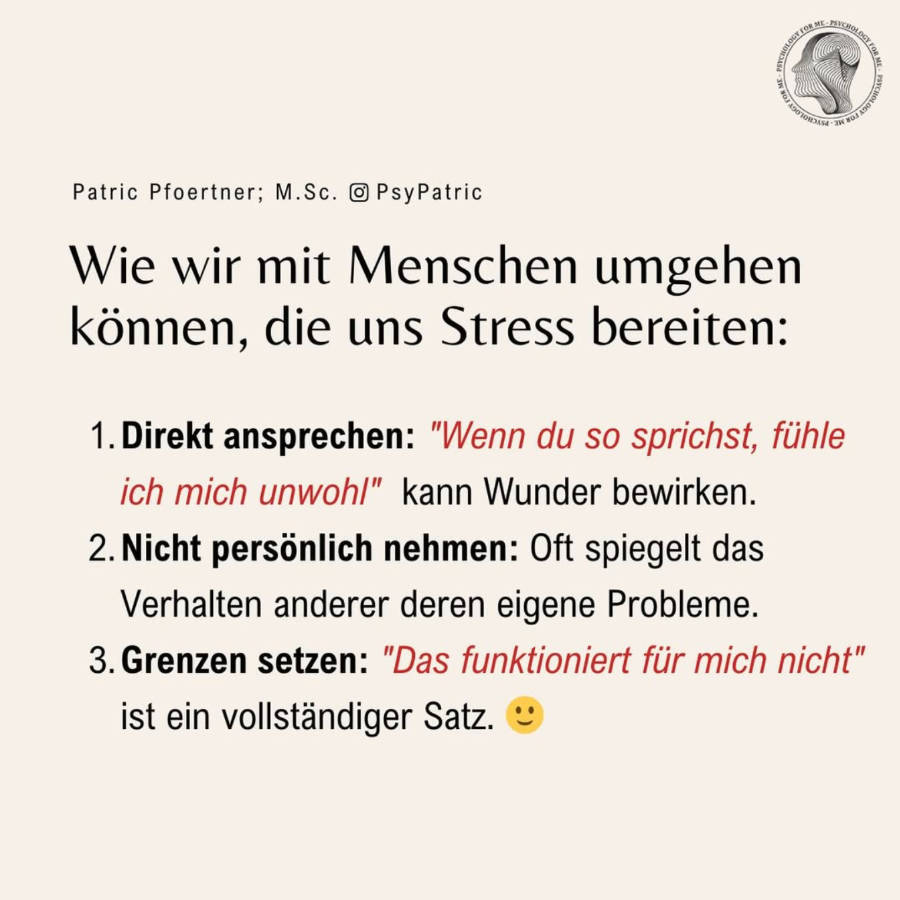Understanding Generalized Anxiety: When Worry Becomes Overwhelming
It's completely normal to worry from time to time. We all experience concerns about our health, finances, relationships, or the future. However, for some individuals, worry becomes a constant, pervasive presence, difficult to control, and significantly impacts daily life. This can be a sign of Generalized Anxiety Disorder (GAD).
If you're finding yourself caught in a cycle of persistent worry, you're not alone. Many people struggle with this, and understanding what you're experiencing is the first step towards feeling better. This self-assessment is designed to offer you a confidential space to reflect on your experiences with worry and anxiety. We want you to feel supported and understood as you navigate these questions.
This test helps you explore:
- The extent to which worry affects various aspects of your life.
- Common physical and emotional symptoms associated with persistent anxiety.
- How your worries might be impacting your daily functioning and overall well-being.
Common Questions About Generalized Anxiety
Many people have questions about anxiety, especially when it starts to feel unmanageable. Let's address some of the most common ones:
What is Generalized Anxiety Disorder (GAD)?
GAD is characterized by excessive, uncontrollable worry about a variety of events or activities, occurring more days than not for at least six months. This isn't just everyday stress; it's a persistent and often debilitating preoccupation with worst-case scenarios, even when there's little reason to expect them. The worry is often accompanied by physical symptoms and can significantly interfere with a person's life.
How do I know if my worry is excessive?
Normal worry is usually tied to a specific problem and motivates you to find a solution. It tends to resolve once the problem is addressed. Excessive worry, on the other hand, is often disproportionate to the actual likelihood of the event, difficult to turn off, and jumps from one topic to another. It often feels like it's consuming your thoughts, even when you try to distract yourself. If your worries feel constant, pervasive, and out of your control, it may be excessive.
What are common symptoms of GAD?
Beyond the core symptom of excessive worry, GAD often presents with a range of other symptoms. These can include physical manifestations like muscle tension, restlessness, fatigue, and sleep disturbances. Emotionally, individuals might experience irritability, difficulty concentrating, or a pervasive feeling of being 'on edge.' The constant mental and physical strain can also lead to difficulty making decisions or avoiding situations that trigger worry.
When should I seek professional help for anxiety?
If your worries are causing you significant distress, affecting your relationships, work, or daily activities, or if you're finding it increasingly difficult to cope, it's a strong indication that professional support could be beneficial. A psychologist or psychiatrist can provide a proper diagnosis, help you understand the root causes of your anxiety, and develop effective coping strategies through therapies like Cognitive Behavioral Therapy (CBT) or medication if appropriate. Remember, seeking help is a sign of strength, and effective treatments are available to help you regain control and improve your quality of life.
Take your time with the questions in this self-assessment. Be honest with your answers, knowing that this is a step towards gaining clarity and potentially finding the support you deserve.
























